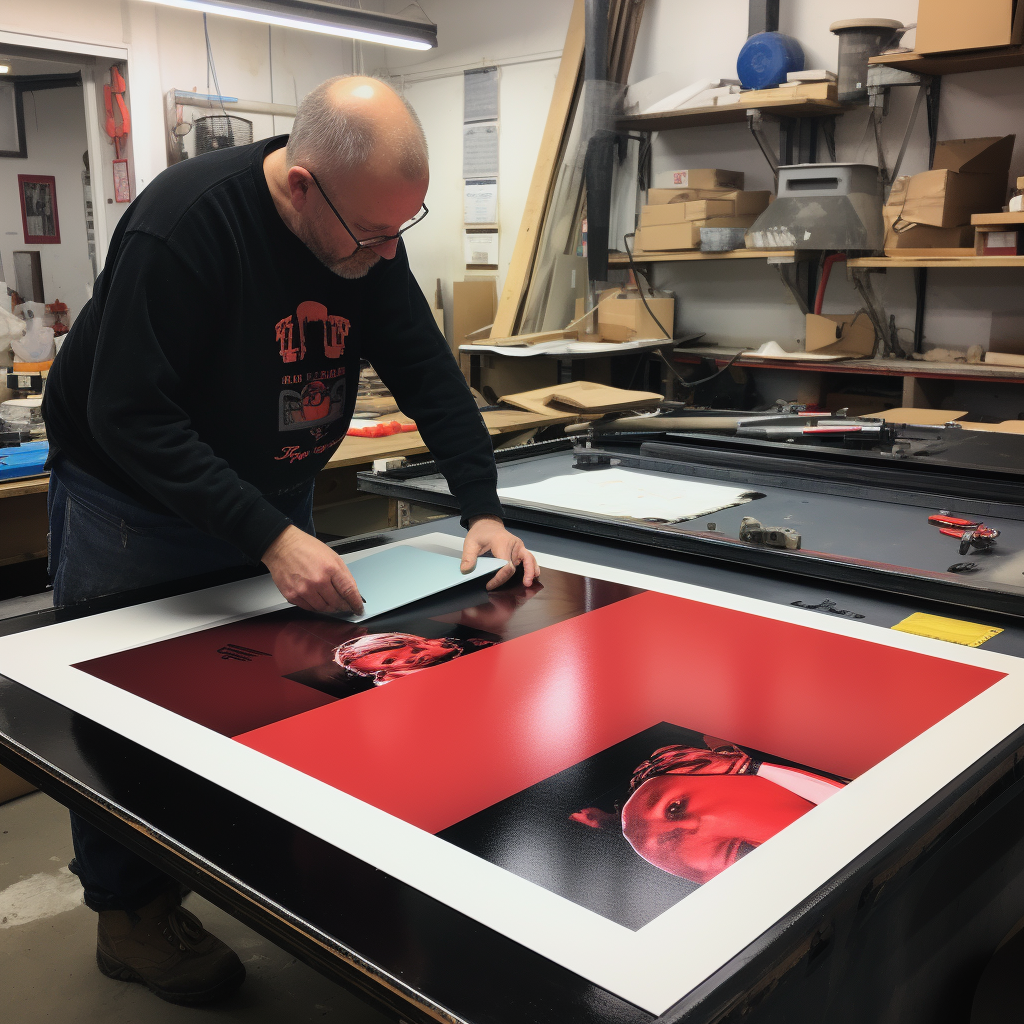
Welcome to the dynamic world of advertising where the question, ‘what does a banner do’, unveils the multifaceted power of banners in branding and marketing. Banners serve as silent yet persuasive salespeople, capturing the attention of potential customers and conveying your brand’s message without the need for a physical presence. They are the harbingers of your brand’s ethos, designed to resonate with viewers and leave a lasting impression.
From small-scale local businesses to global corporations, banners have proven to be an indispensable tool for successful advertising campaigns. Their visual appeal and strategic placement can dictate the flow of traffic towards your business, making them a cornerstone of effective marketing strategies. Send message to info@zodiacdisplays.com to elevate your brand visibility and make a significant impact at your next event.
As you continue to explore the significance of banners, you will discover how they not only advertise but also engage, inform, and even inspire the audience. This section sets the stage for a deeper understanding of the indispensable role that banners play in crafting a memorable brand experience.
The Psychology Behind Banner Visibility and Recall

The effectiveness of a banner in advertising hinges on its visibility and the psychological impact it has on the viewer. The core principle underlying this phenomenon is the concept of banner visibility and recall. Visibility ensures that the banner is seen by as many people as possible, while recall pertains to the banner’s ability to be remembered by those who see it.
Psychologically, certain elements can enhance a banner’s visibility and recall factor. These include the use of vibrant colors, compelling images, and clear, concise messaging that aligns with the psychological triggers of the target audience. The goal is to evoke an emotional response that not only captures attention but also fosters a connection between the viewer and the brand. Contrast and repetition are other crucial factors, as they help the banner stand out and become more recognizable over time.
Furthermore, the strategic placement of banners in high-traffic areas or at eye-level can significantly increase visibility. The science of visual hierarchy comes into play here, guiding the viewer’s eye to the most important parts of the banner and ensuring that the key message is seen and understood. By leveraging these psychological principles, banners can become powerful tools in a marketer’s arsenal, creating a lasting impression on the consumer’s mind.
Banners as Brand Ambassadors: Crafting Identity

Banners act as silent yet impactful ambassadors for a brand, conveying identity and values without the need for a physical representative. The design and messaging of a banner are critical in crafting this identity, as they must resonate with the core attributes and essence of the brand it represents. A well-designed banner communicates not just a name or a logo, but an entire brand story, encapsulating the company’s mission, vision, and values.
A coherent brand identity through banners can foster recognition and loyalty among consumers. It’s achieved by carefully selecting fonts, colors, and imagery that align with the brand’s personality, whether it be professional and authoritative, or friendly and approachable. It’s essential that these elements are consistent across all forms of advertising to maintain a unified brand message.
Moreover, the banner’s ability to convey a brand’s unique selling proposition (USP) succinctly can set a company apart from its competitors. Captivating slogans and taglines are often utilized to make a memorable statement that reinforces the brand’s positioning in the market. This strategic communication through banners solidifies their role as brand ambassadors, inviting potential customers to engage with the brand on a deeper level.
The Strategic Placement of Banners for Maximum Exposure
The strategic placement of banners is paramount in ensuring maximum exposure and effectively capturing the attention of the intended audience. When considering locations for banner placement, high-traffic areas are typically prioritized to increase visibility and audience reach. This can include busy streets, trade shows, shopping centers, and public events where footfall is at its peak.
It is also vital to consider the height and angle at which banners are displayed. Positioning them at eye level can facilitate immediate engagement, while elevated banners can be seen from a distance, attracting attention from afar. Angles are equally important; banners should be oriented in such a way that they are easily readable from the most common viewpoints.
Another aspect of strategic placement involves understanding the target audience’s behavior and preferences. For instance, banners placed near related products or services can trigger a relevant connection, prompting a higher chance of conversion. Similarly, timing the display of banners to coincide with specific events or seasons can capitalize on topical interest, thereby enhancing the banner’s impact.
Ultimately, the goal of strategic banner placement is to create a touchpoint that resonates with potential customers, delivering the brand’s message in a manner that is both efficient and effective. By meticulously planning the placement, banners can serve as powerful tools in a brand’s marketing arsenal, driving awareness and fostering customer engagement.
Measuring the Success of Banner Campaigns

Measuring the success of banner campaigns is crucial in evaluating their impact on marketing objectives. Key performance indicators (KPIs) such as impressions, click-through rates (CTRs), and conversion rates are standard metrics used to gauge effectiveness. Impressions measure how many times a banner has been viewed, providing insights into its reach. CTRs, on the other hand, assess the percentage of viewers who have clicked on the banner, indicating the level of engagement and interest it generates.
Conversion rates are perhaps the most telling metric, revealing the proportion of clicks that have led to the desired action, whether it’s a sale, a sign-up, or another form of conversion. This metric directly relates to the banner’s ability to not only attract attention but also to compel action. Additionally, analyzing the quality of traffic brought in by the banner, such as the average time spent on the website or the number of pages visited, can offer a deeper understanding of user engagement.
With the advancement in analytics tools, brands can now track the customer journey beyond initial interactions. For instance, attributing offline sales to online banner exposure or assessing the lift in brand search queries can provide a more holistic view of a campaign’s success.
It is also essential to conduct A/B testing with different banner designs, messages, and placements to identify which combinations perform best. This data-driven approach enables marketers to optimize their banner campaigns continually, ensuring they contribute effectively to the overall marketing strategy. By systematically measuring these metrics, businesses can refine their advertising efforts, ensuring that their banners not only capture attention but also drive tangible business results.
The Future of Banners in Digital and Physical Spaces

The landscape of advertising continues to evolve, and with it, the role of banners in both digital and physical spaces. In the digital realm, advancements in technology are paving the way for banners to become more interactive and personalized. The integration of augmented reality (AR) and virtual reality (VR) into banner ads is expected to create immersive experiences that engage consumers at a deeper level. Additionally, programmatic advertising will allow for real-time bidding and placement, ensuring that banners are displayed to the right audience at the optimal time.
In physical spaces, the future points towards smart banners equipped with technologies such as Near Field Communication (NFC) and Quick Response (QR) codes, enabling instant interaction through smartphones. Environmentally friendly materials and innovative designs will also become increasingly important as brands strive for sustainability and to differentiate themselves in crowded marketplaces.
The synergy between digital and physical banners will be crucial, with campaigns designed to deliver a seamless brand message across all platforms. As these trends shape the future of banners, the opportunity for brands to elevate their visibility and customer engagement is immense. To ensure that your brand stays ahead of the curve with the latest in banner technology and design,
send a message to info@zodiacdisplays.com or visit Zodiac Event Displays to amplify your event marketing. Our expertise in cutting-edge promotional materials will position your brand at the forefront of innovation.









